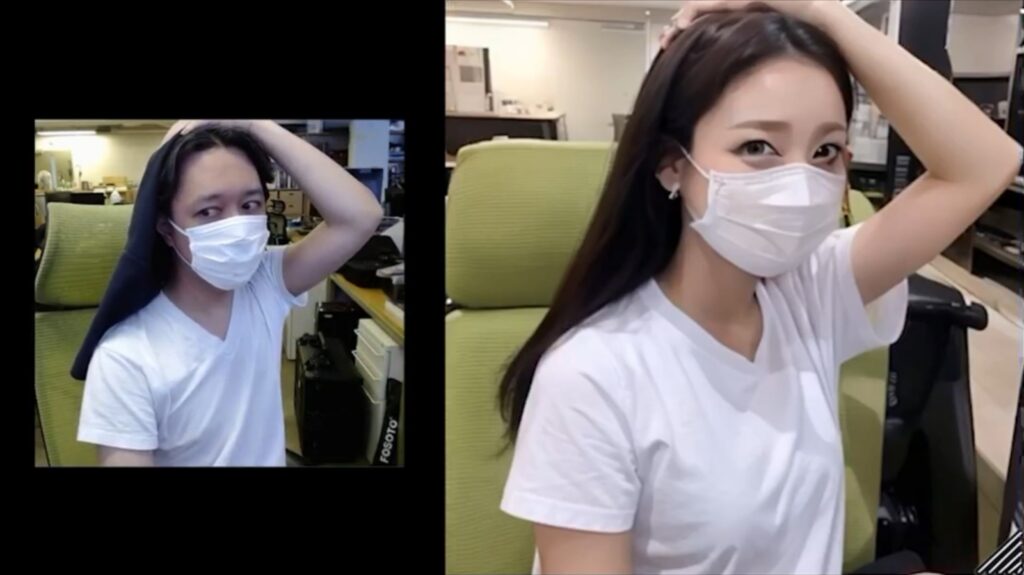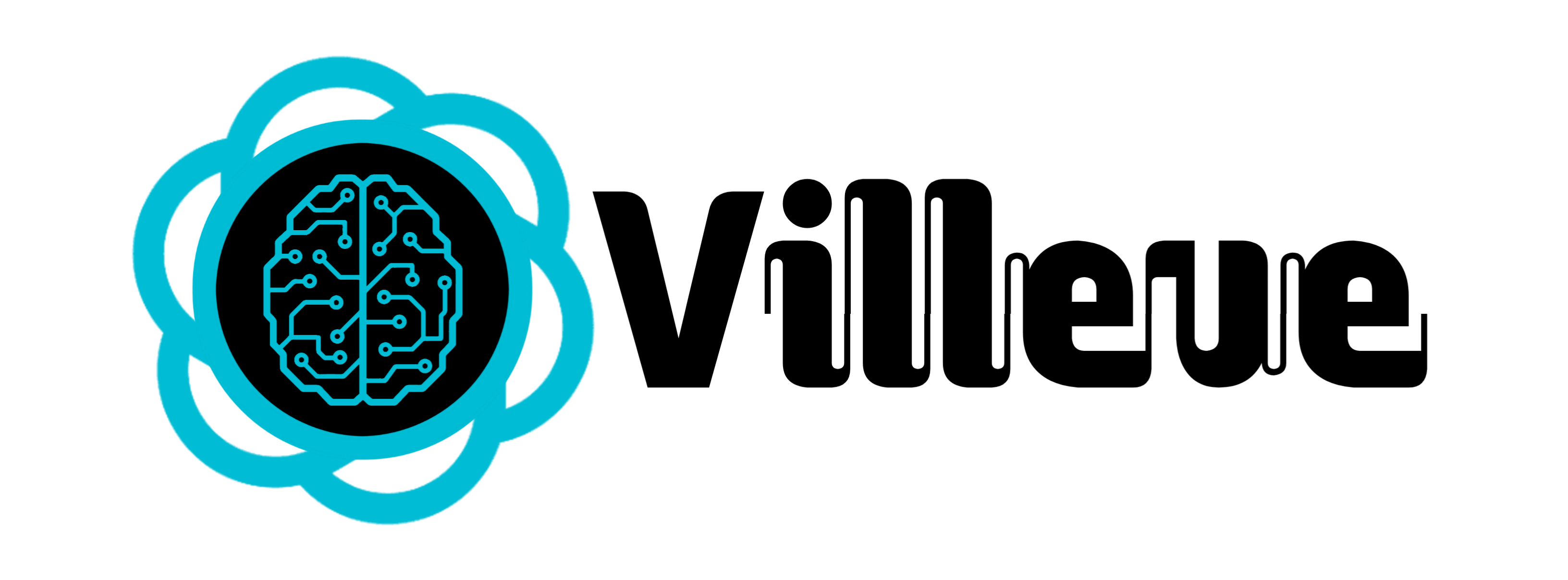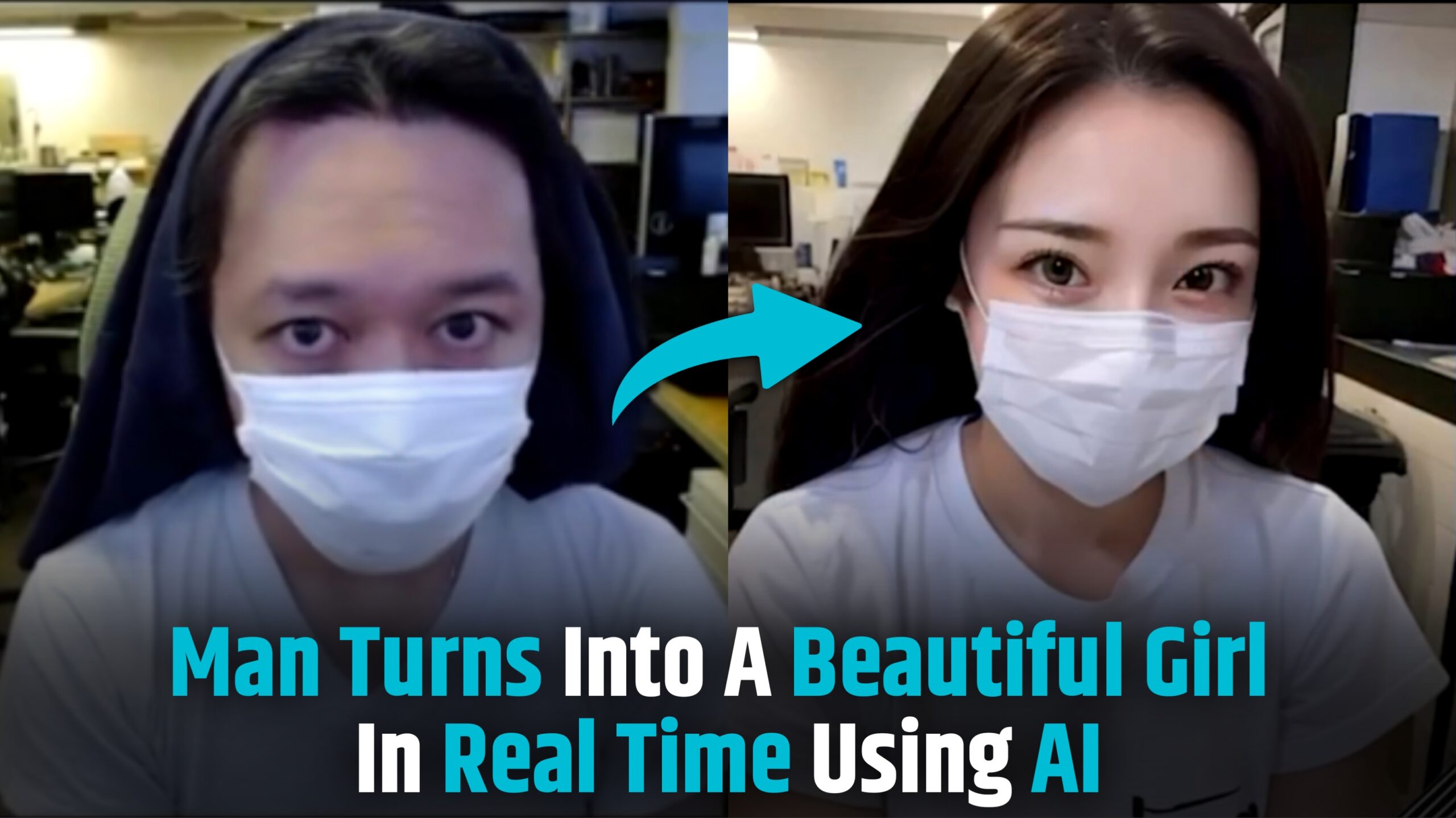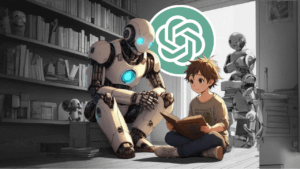In a remarkable feat of technology and artistry, Japanese artist Hirokazu Yokohara has used AI to transform himself into a beautiful girl in real time. The artist created a video that streams from a webcam at normal speed, using a tool called TensorRT from NVIDIA to achieve the impressive effect.

Yokohara’s work is a stunning example of the potential of AI to create immersive and transformative experiences. The artist’s ability to seamlessly blend his own features with those of a young woman is truly remarkable, and the real-time nature of the video adds an extra layer of realism and engagement.
The use of AI to create art is not new, but Yokohara’s work takes this concept to a new level. By using AI to transform himself into a different person, Yokohara is challenging our perceptions of identity and reality. The work raises questions about the nature of beauty and the role of technology in our lives.
In addition to its artistic merit, Yokohara’s work also has significant technical implications. The artist’s use of TensorRT demonstrates the power of AI to process and generate images in real time. This capability has the potential to revolutionize a wide range of industries, from gaming and entertainment to healthcare and education.
Watch Video on Instagram
View this post on Instagram
Yokohara’s work is a reminder that AI is not just a tool for automation and efficiency. AI is also a powerful tool for creativity and expression. As AI continues to develop, we can expect to see even more innovative and inspiring works of art like Yokohara’s.
Also watch these Ai generated Harry Potter characters as kung-fu masters
The Rise of AI in Art
The use of AI in art is a growing trend, and for good reason. AI offers artists a number of unique advantages, including:
- The ability to generate new and original ideas. AI can be used to create new and unexpected combinations of ideas, which can be a source of inspiration for artists.
- The ability to process and generate large amounts of data. AI can be used to process and generate large amounts of data, such as images, text, and audio. This can be used to create art that is more complex and nuanced than would be possible with traditional methods.
- The ability to learn and adapt. AI can learn from the data it is given, and it can adapt its behavior over time. This means that AI can be used to create art that is constantly evolving and changing.
As AI continues to develop, we can expect to see even more innovative and groundbreaking works of art. AI has the potential to revolutionize the art world, and we are just beginning to see the possibilities.
The Future of AI in Art
The future of AI in art is bright. AI has the potential to democratize art, making it more accessible to everyone. It can also be used to create new and immersive art experiences that are not possible with traditional methods.
AI is still in its early stages of development, but it has already made a significant impact on the art world. We can expect to see even more groundbreaking works of art in the years to come.
Yokohara’s work is a testament to the power of AI to create art that is both beautiful and thought-provoking. It is a reminder that AI is not just a tool for automation and efficiency; it is also a powerful tool for creativity and expression.




